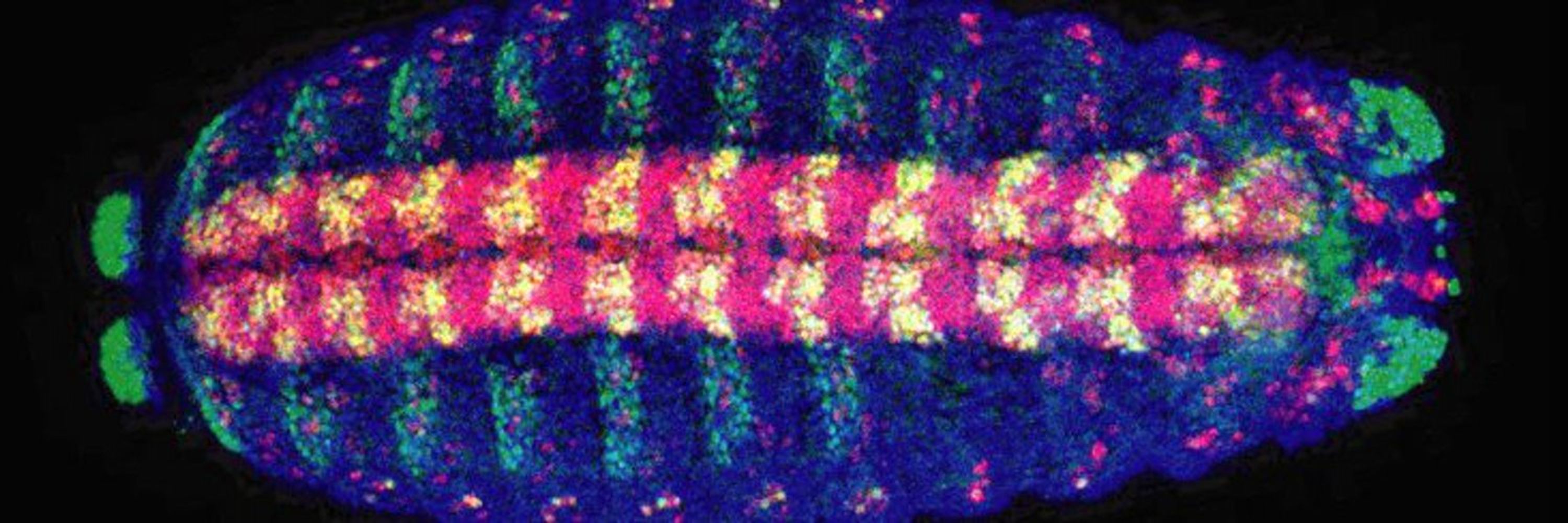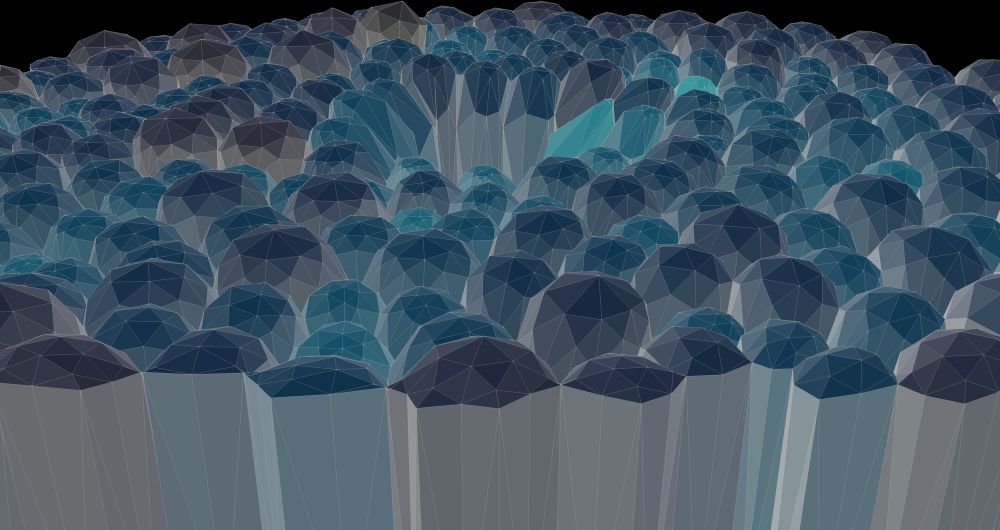

Purple🟣 = ectoderm nuclei, Red🔴 = macrophages.
📹: Hoang Anh Le, postdoc in the Mayor lab, UCL.
Purple🟣 = ectoderm nuclei, Red🔴 = macrophages.
📹: Hoang Anh Le, postdoc in the Mayor lab, UCL.
Purple🟣 = ectoderm nuclei, Red🔴 = macrophages.
📹: Hoang Anh Le, postdoc in the Mayor lab, UCL.
Purple🟣 = ectoderm nuclei, Red🔴 = macrophages.
📹: Hoang Anh Le, postdoc in the Mayor lab, UCL.
Purple🟣 = ectoderm nuclei, Red🔴 = macrophages.
📹: Hoang Anh Le, postdoc in the Mayor lab, UCL.
We analyzed and visualized Parse Bio's 10M PBMC dataset to give researchers a powerful tool for exploring the dynamics between cytokines & peripheral blood mononuclear cells.
More: https://apps.allenimmunology.org/aifi/resources/parse-10m-cytokines/
#ImmunoSky

We analyzed and visualized Parse Bio's 10M PBMC dataset to give researchers a powerful tool for exploring the dynamics between cytokines & peripheral blood mononuclear cells.
More: https://apps.allenimmunology.org/aifi/resources/parse-10m-cytokines/
#ImmunoSky

Fascinating study from the lab of @lukensjohnr.bsky.social
alz-journals.onlinelibrary.wiley.com/doi/10.1002/...

Fascinating study from the lab of @lukensjohnr.bsky.social
alz-journals.onlinelibrary.wiley.com/doi/10.1002/...
doi.org/10.1016/j.cd...



doi.org/10.1016/j.cd...
📆 April 20-22, 2026
📍 Seattle, USA
🔬 All career stages welcomed.
Apply to attend by 12/12: alleninstitute.org/events/aics-...

Brightfield, red = actin, blue = DAPI
📹: Postdoc Matyas BL (@Mongera lab, UCL)
Brightfield, red = actin, blue = DAPI
📹: Postdoc Matyas BL (@Mongera lab, UCL)
Brightfield, red = actin, blue = DAPI
📹: Postdoc Matyas BL (@Mongera lab, UCL)
doi.org/10.1016/j.cd...


doi.org/10.1016/j.cd...
Brightfield, red = actin, blue = DAPI
📹: Postdoc Matyas BL (@Mongera lab, UCL)
Brightfield, red = actin, blue = DAPI
📹: Postdoc Matyas BL (@Mongera lab, UCL)
bit.ly/4oHxUZp

bit.ly/4oHxUZp
📹: Adam Shellard
📹: Adam Shellard
📹: Adam Shellard
📹: Adam Shellard
If you're a Chile-based scientist and Chilean researcher working abroad, please consider submit to us for this special issue.
‼️Submission deadline: 30 June 2026
www.sciencedirect.com/special-issu...
If you're a Chile-based scientist and Chilean researcher working abroad, please consider submit to us for this special issue.
‼️Submission deadline: 30 June 2026
www.sciencedirect.com/special-issu...

“Developmental and adult expression of the Meis2 transcription factor in the CNS of Xenopus laevis”.
Read below 👇
DOI: doi.org/10.3389/fnan...
#Neurogenesis #BrainDevelopment #Neuroscience #EvoDevo #DevBio #Xenopus


“Developmental and adult expression of the Meis2 transcription factor in the CNS of Xenopus laevis”.
Read below 👇
DOI: doi.org/10.3389/fnan...
#Neurogenesis #BrainDevelopment #Neuroscience #EvoDevo #DevBio #Xenopus


“Developmental and adult expression of the Meis2 transcription factor in the CNS of Xenopus laevis”.
Read below 👇
DOI: doi.org/10.3389/fnan...
#Neurogenesis #BrainDevelopment #Neuroscience #EvoDevo #DevBio #Xenopus


“Developmental and adult expression of the Meis2 transcription factor in the CNS of Xenopus laevis”.
Read below 👇
DOI: doi.org/10.3389/fnan...
#Neurogenesis #BrainDevelopment #Neuroscience #EvoDevo #DevBio #Xenopus
A thoughtful tribute to the life of Sir John Gurdon by Edward M. De Robertis that we really recommend everyone to read.
doi.org/10.1016/j.cd...

A thoughtful tribute to the life of Sir John Gurdon by Edward M. De Robertis that we really recommend everyone to read.
doi.org/10.1016/j.cd...


